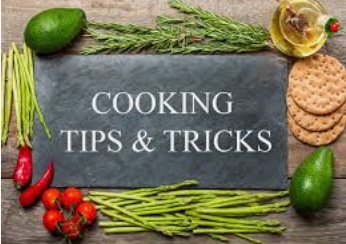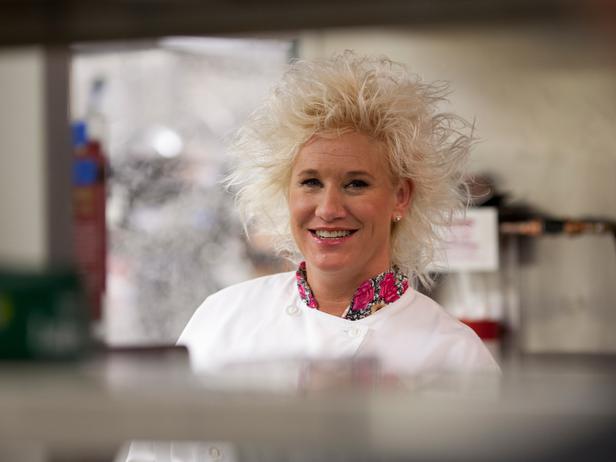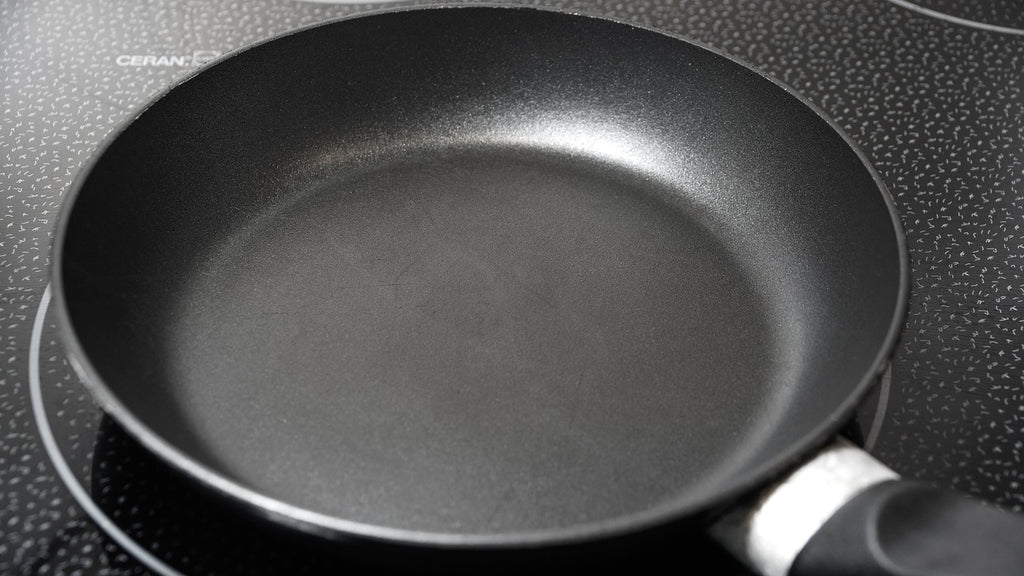
In my last article I talked about the importance of cooking skills 101 and how Chef de Cuisine Joey Delago explains each task along with its associated skill. I also discussed the various tasks-based categories and their application, including activating yeast or making stocks. These skills are vital for any cook and a list will help you decide which ones you should learn. In this article, I'll talk about some of the skills you should master before embarking on the next level of your culinary journey.
Chef de Cuisine Joey DeLago's cooking skills 101 class
Chef de Cuisine Joey DeLago's 101 class on cooking skills can teach you everything you need to know to make a great meal. This class will teach you the basics of cooking multi-course meals in a short time. Joey will give tips on timing, preparation, presentation, and planning. You'll also be able share your completed meal with other home chef!
Skills in cooking that are task-specific
The Food Agency defines cooking as a collection of knowledge, skills and practices that promote a healthy diet. This framework recognizes many barriers to healthy diets lie in the environment. But it focuses primarily on encouraging food skills through the implementation of appropriate measures. These measures should be easy-to-understand, can relate to other domains, be applicable across many sociodemographic levels. These four categories were created to address the most pressing issues in food skills.

Activating yeast
You'll need to activate yeast before you can use it in cooking. To activate yeast you can warm tap water and run a bit of hot water through. Sometimes, you might need to add sugar or water. Here are some tips to help you activate your yeast. When the yeast reaches a bubbly stage, it is ready for use. Cooking is the key to baking success.
Making stocks
Stocks can make dinners more delicious and add depth to dishes. Stocks can be made from vegetables, meat, or fish and can also have Western or Asian origins. You can use bottled water to make your own stock, but you may want to try using filtered water found at the supermarket. There are many stock options available. It is important to be as diverse as possible when making stock.
Making whipped cream
Whipped cream is an excellent way to finish off a cake or dessert. Although it's simple to make, there are a few things you should keep in mind when making this classic dessert. Although it may look like slightly melted Ice Cream, it's not. Whipping cream shouldn't have a lumpy consistency. It should be fluffy and slightly curled. You can make soft peaks by whipping the cream with a wooden spoon until it holds its form and doesn't slack.

Melting chocolate
Learning how to melt the chocolate is a must-have skill if you want to create amazing desserts. This is a complicated task. Here are some tips to help make the process easier. First, you must know the correct technique. There are two ways to melt your chocolate. Double boiler means a heatproof pot or pan that has a glass, stainless steel or ceramic bottom. It is placed over a saucepan of simmering boiling water. This method should be used slowly, and you should avoid allowing the water to splash into the bowl.
FAQ
How to be a Chef
There are many routes to becoming a chef. To start, you can take a course at your local community college. You might also consider going to culinary school. Finally, consider a paid internship.
How much does it cost for you to learn culinary arts?
You will find that the price to study culinary arts is variable. For example, a 4-year degree costs about $40,000. On the other hand, a two-year associate's degree may cost less than $5,000. Tuition rates depend on the type of program you select. The prices charged by private institutions are generally higher than the public.
Where can you find free online cooking courses?
Many websites offer cooking lessons for free. YouTube can be searched for videos showing you how to make different meals. You may have access to thousands upon thousands of recipes on some websites. The sites typically charge a monthly fee but you can test them for free for a period of 30 days.
How do you store leftovers best?
Tupperware containers can be used to store leftovers. These containers keep food fresh and prevent odors forming. These containers keep food warm for longer periods of time. Freezer bags can be used to freeze any leftover food. When freezing food, place the bag inside another freezer bag so that air doesn't escape. Once the food is frozen place it in an airtight container, such as a zip lock bag.
How can I learn more about cooking?
All over the country, cooking classes are offered. You can find courses in baking, pastry and wine tasting at many schools. A local community college, vocational school, or private institution can offer classes in cooking.
How can I get hired as a cook?
Through word-of-mouth, you can find a job to be a chef. Your friends and family members might know of a restaurant that needs additional staff. You might also find openings advertised on websites or bulletin boards by restaurants.
What equipment do I need to cook?
It doesn't take any special equipment or tools to learn to cook. The best tools will make cooking more enjoyable. For example, a knife could be used for pasta making or a whisk would be better than a hand mixer for whipping egg whites to stiff peaks. It makes cooking much easier and quicker.
Statistics
- In the United States, the category is estimated at $23.2 billion annually and is growing faster than the market. (washingtonpost.com)
- under 10 Kids have been taught that there is special food just for them, and Fiese says that 10 percent of kids will throw a tantrum if they don't get the food they want. (washingtonpost.com)
- You'll be amazed that over 90% of CIA students receive scholarships and grants to finish their culinary studies. (ischoolconnect.com)
External Links
How To
How to cook a steak
The thickness of the meat determines the best cooking method. Thicker steaks, for example, are better cooked at low heat while thicker steaks require higher temperatures.
It's important to not overcook the steaks as they will lose their taste. Make sure to remove the steaks from the pan after it is done. This will help you avoid burning your skin.
Cooking times vary depending on the size and degree of doneness desired. Here are some guidelines:
Medium Rare: Cook till medium rare. This is when the internal temperature of the food reaches 145°F (63°C). This takes between 3 and 5 minutes per side.
Medium: Cook the meat until it reaches 160°F (71°C). This usually takes only 6 minutes per side.
Good Cooking: Cook the meat until it is done. This means that the internal temperature reaches 180F (82C). This can take between 8-12 minutes per side.